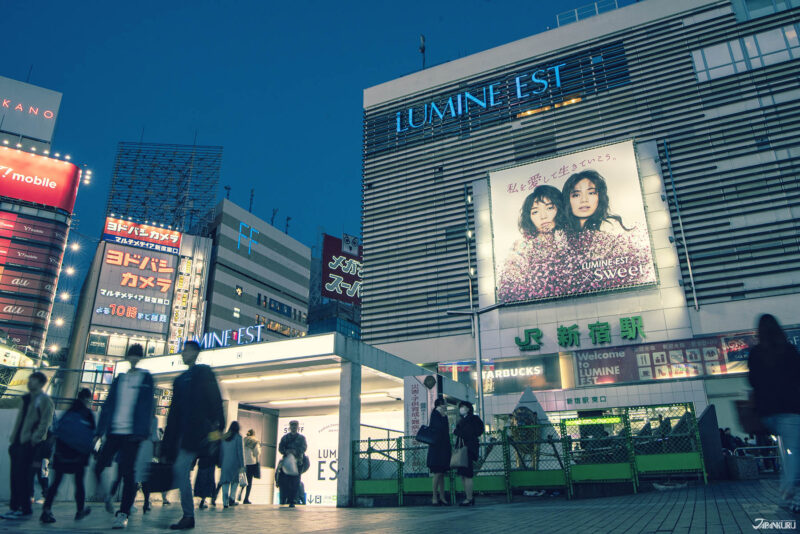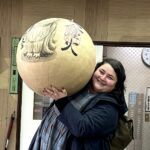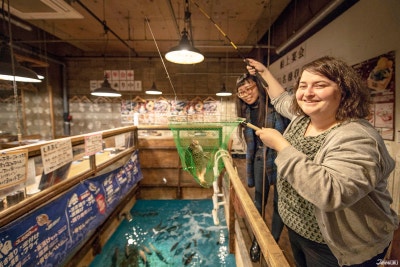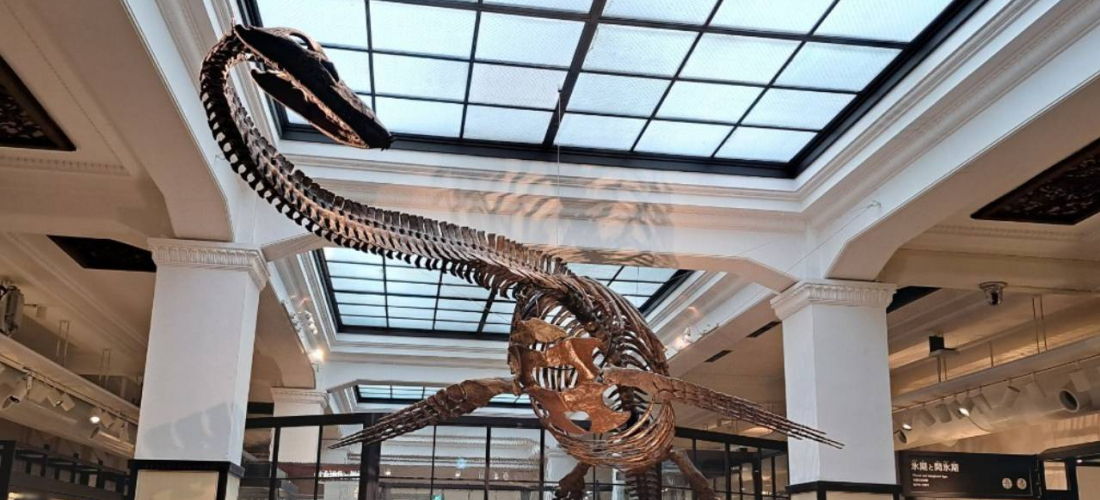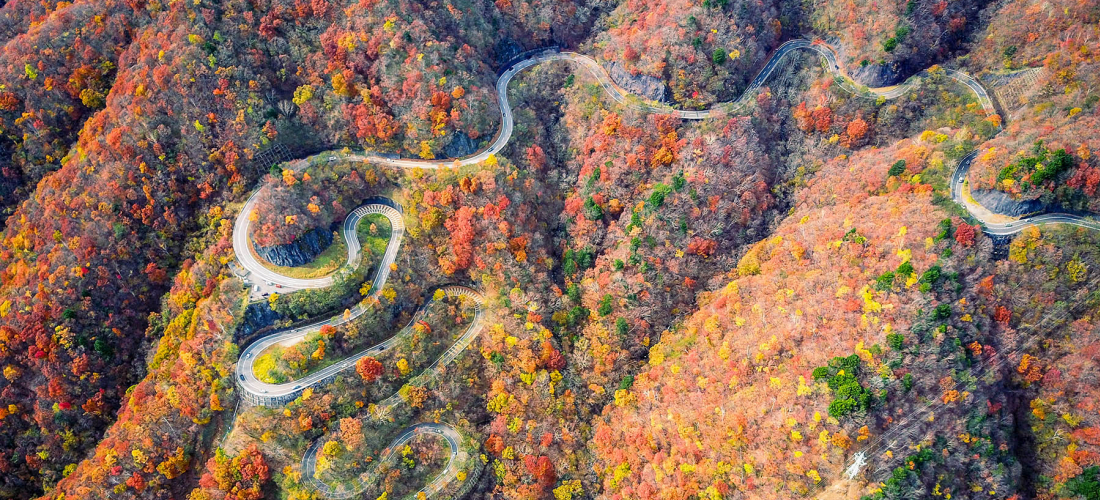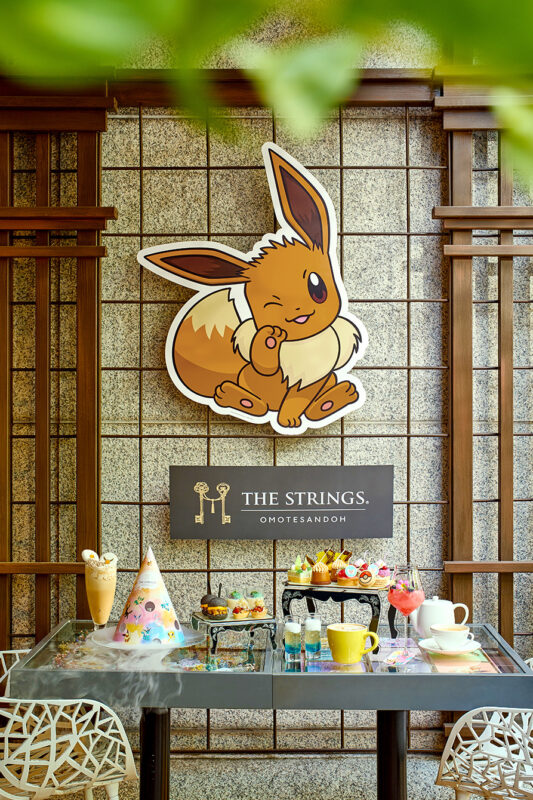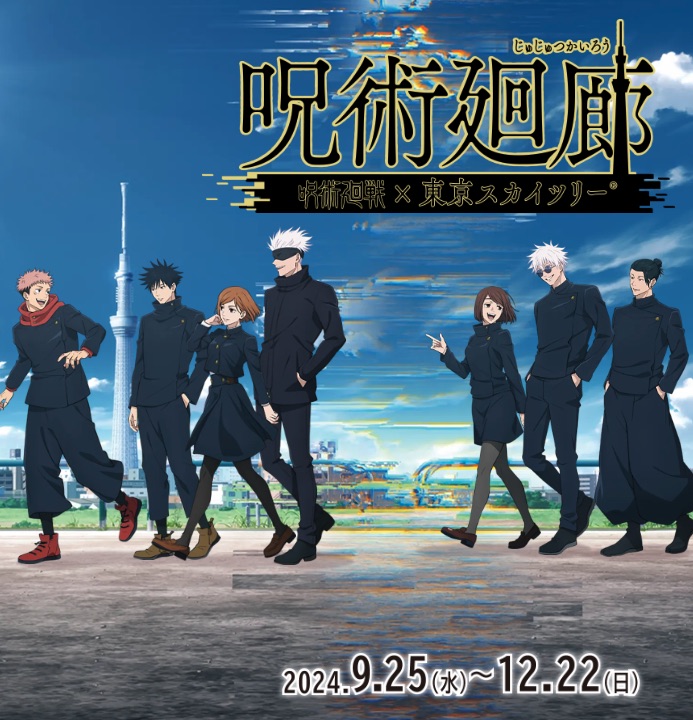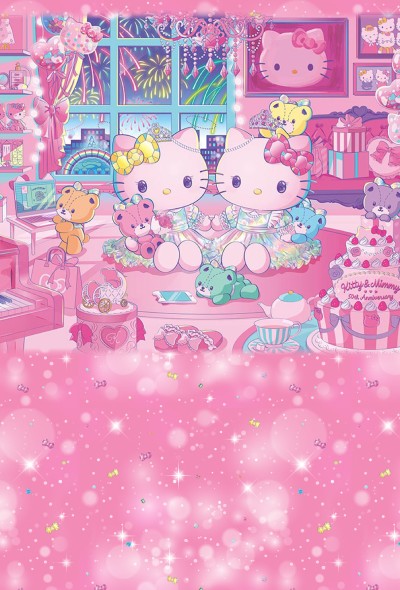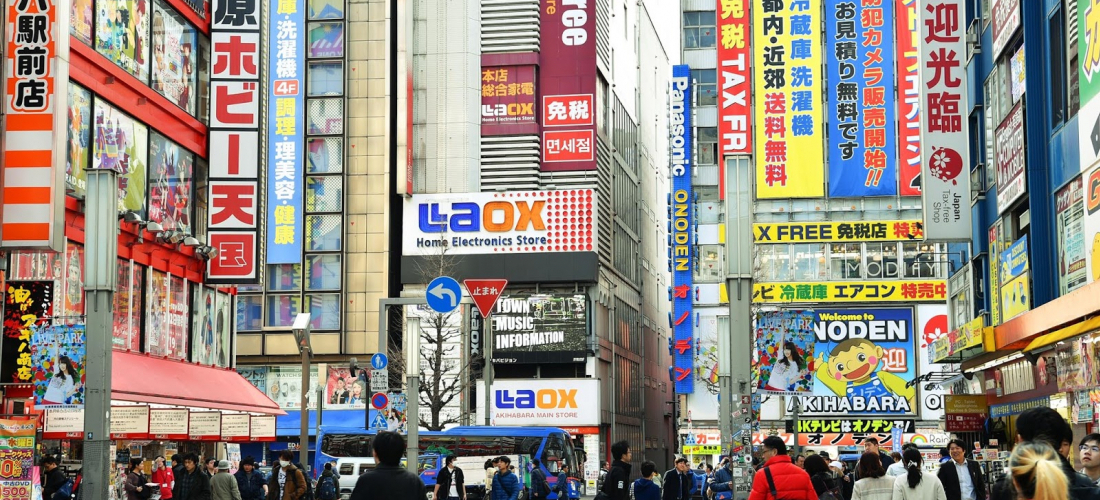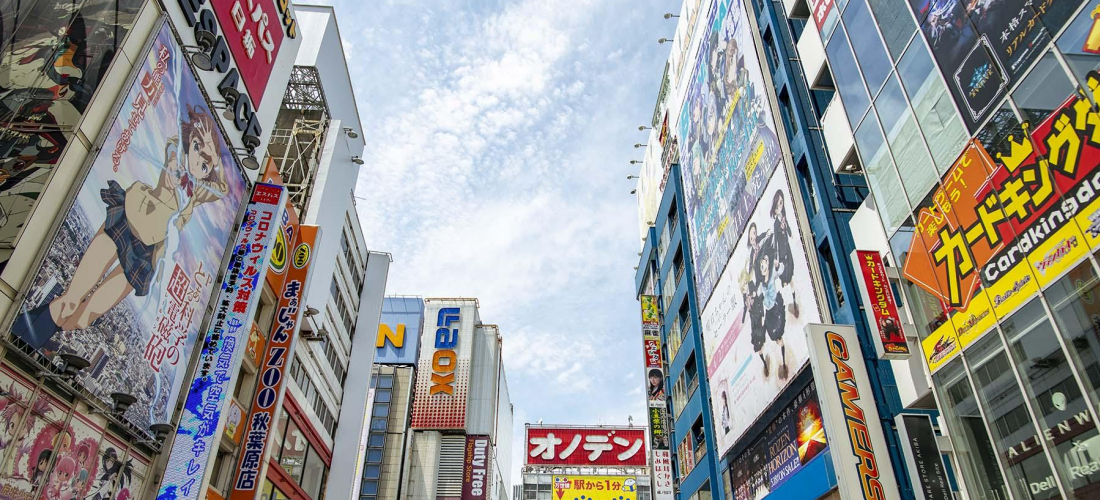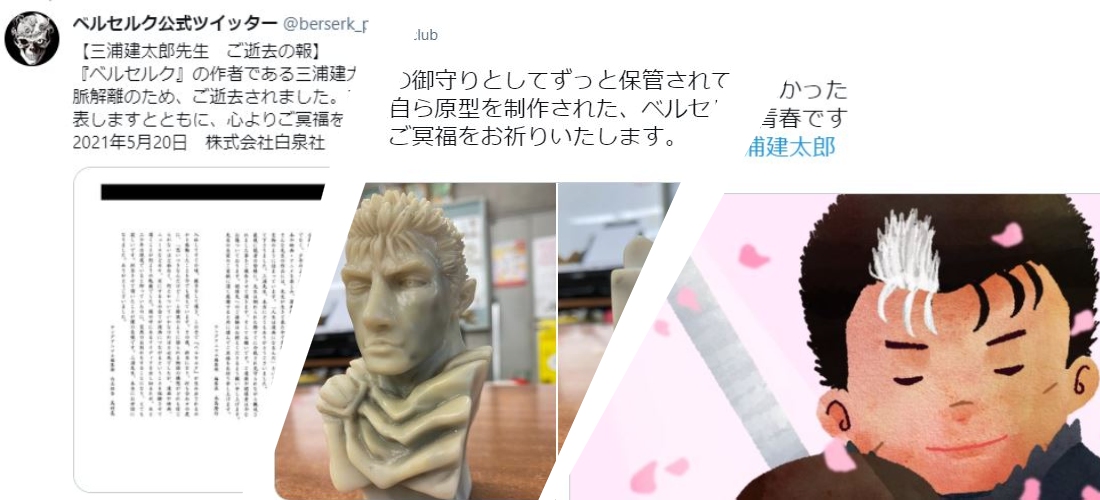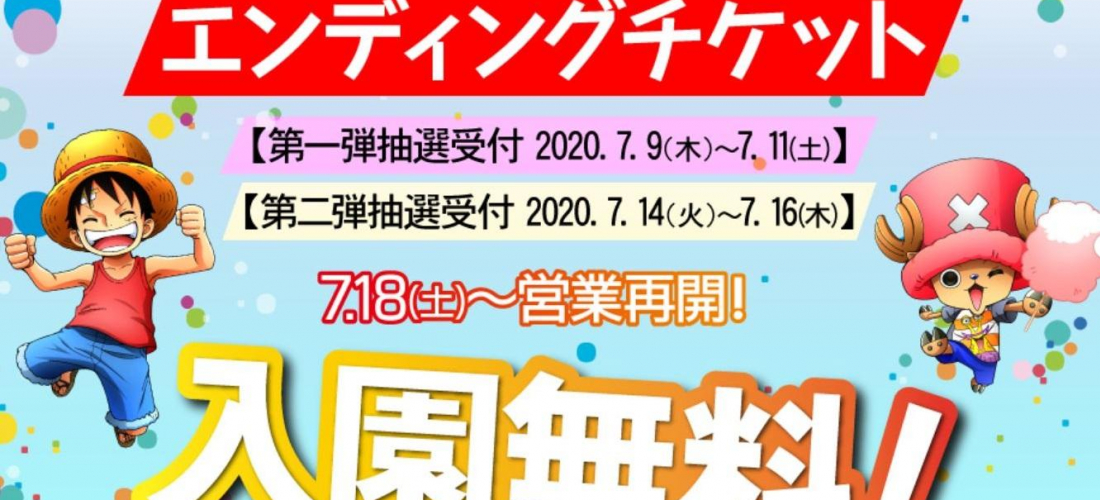City Hunter is back in the limelight thanks to the new Netflix live-action release, so we’ve put together a guide to all the real Shinjuku spots found throughout the City Hunter anime and movie!
CONTENTS
City Hunter Is Back, and We’re All Excited
Weekly Shonen Jump is probably the richest source of popular manga and anime series known around the world, and the magazine has been producing smash-hit works in Japan since the ’80s and ’90s. Of the most popular series from this so-called golden age of Jump is City Hunter, a legendary manga that sold over 50 million copies, went on to achieve fame as an anime, and has seen multiple live-action adaptations, including the latest release on April 25, 2024.
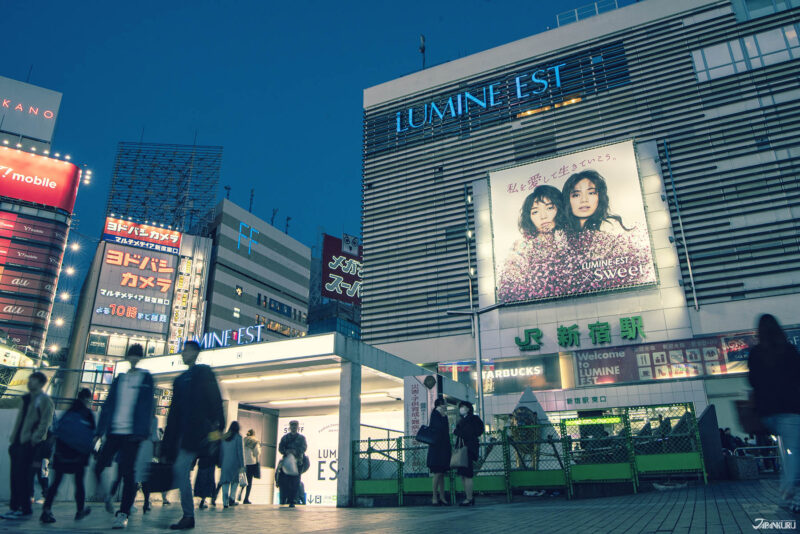
Now that City Hunter’s new live-action film is on the front page of Netflix, it’s no surprise that fans of the series – new and old – are taking an interest in all the many real-life Tokyo settings we see Ryo making his way through. City Hunter is set in the Tokyo of the 1980s, in the glittering age that Japan refers to as the “bubble economy,” and in the series the city is almost its own character. Of course, the busy area of Shinjuku, where the characters spend most of their time, has changed over the last three decades as well. Check out our guide to Tokyo’s real-life City Hunter locations to take a trip down memory lane and see what’s new, what has stayed exactly the same, and where to find it all!
Real-Life City Hunter Anime Locations in Shinjuku
① (The Former) My City ⇨ (The Current) Lumine Est

Image Source: Twitter @souon_d
Our first destination is My City, a large shopping mall that acts as a major City Hunter setting. This real-life shopping mall is been built directly into the east exit of JR Shinjuku Station, and under the name My City, it became an iconic Shinjuku shopping spot over the course of nearly 30 years. However, in 2006 the mall became a part of JR East’s Lumine shopping facilities, and its name was changed to Lumine Est.
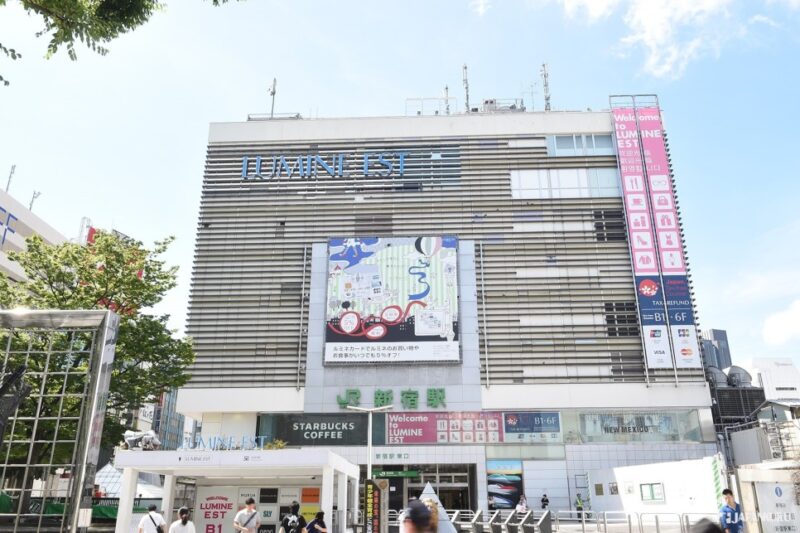
There are now three “Lumine” shopping malls in Shinjuku Station alone – a station famous for having over 100 exits and the crowds to use them – but the facility that City Hunter fans will want to visit is Lumine Est, at the station’s main east exit. Back before the name change, Shinjuku locals will tell you that My City was something of a pilgrimage spot for City Hunter fans, and a significant number of tourists would come to take pictures of the building. These days the sign outside gives the mall a new name, but the facade is remarkably unchanged, and photos still look rather a lot like shots from the City Hunter manga or anime. Of course, things have changed a fair amount on the inside! The mall now houses a selection of retailers mainly targeting younger adult shoppers, along with a handful of restaurants, so it’s a good place to look around for fashion, souvenirs, or even a bite to eat.
Lumine Est Shinjuku
3-38-1 Shinjuku, Shinjuku City, Tokyo
Hours:
Shops: weekdays 11:00 – 21:00 | weekends/holidays 10:30 – 21:00
Restaurants: 11:00 – 22:00
Official Website (jp)
② The Shinjuku Station East Exit Bulletin Blackboard

Image Source: Kemur
Unless you actually visited Japan back in the age before cellphones, you might end up thinking that the blackboard where the City Hunter private eyes found their jobs was invented just for the story. But no, these message boards were a real thing in Japanese stations, and this board was really there to help people find each other in the crazy maze of the station and the busy Shinjuku neighborhood back in the ’80s. They were in standard use until the wave of cell phones in the early 2000s greatly diminished the need! Of course, most people were just writing messages about where their friends should come find them, instead of requesting assassinations and the like with an “XYZ.”
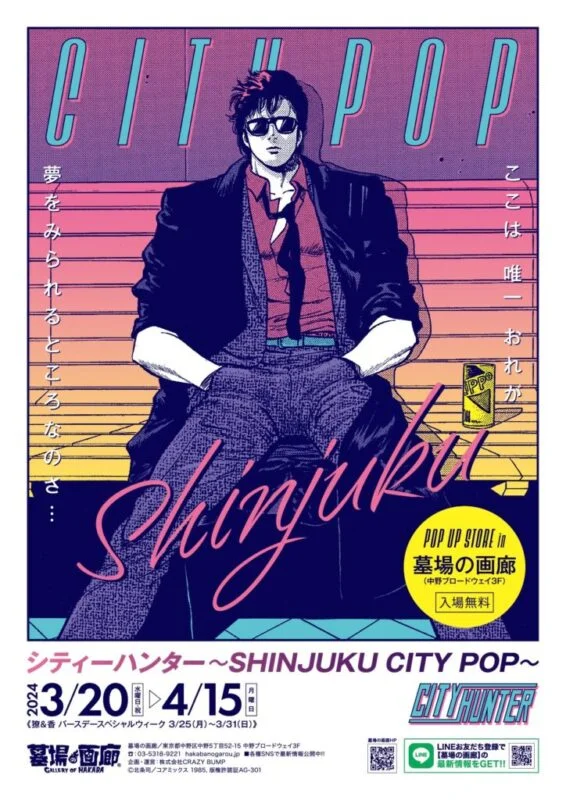
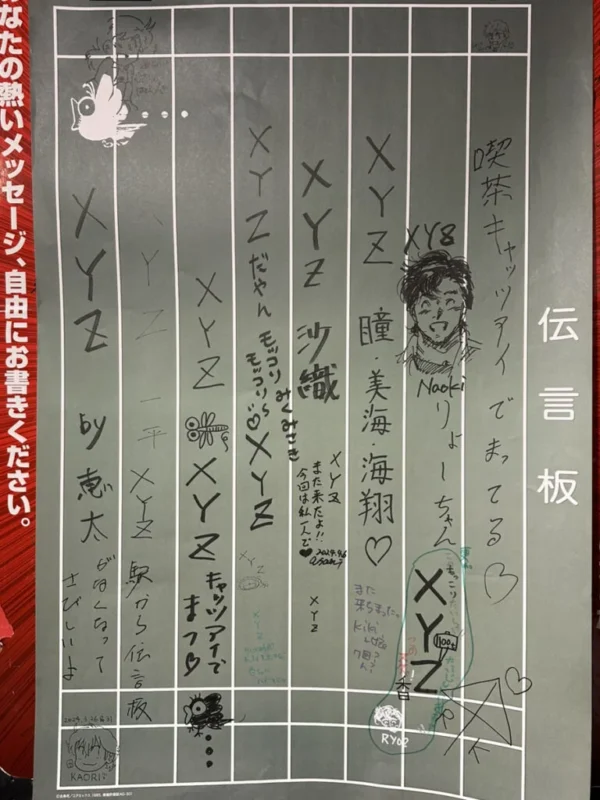
Image Source: Gallery of Hakaba
Unfortunately, the famous Shinjuku Station east exit blackboard also disappeared with the times, but the nostalgia is strong, and similar boards are frequently set up for City Hunter events, exhibitions, and pop-up shops, including the recent pop-up open in March and April 2024. As a symbol of City Hunter, these message boards are indispensable! In recent years the nostalgia has even gotten train stations to bring back the boards temporarily, like in 2020 when Higashikanagawa Station set up their own City Hunter-style blackboard to cheer up passengers in the midst of the covid pandemic.
③ Shinjuku’s Kabukicho Neighborhood
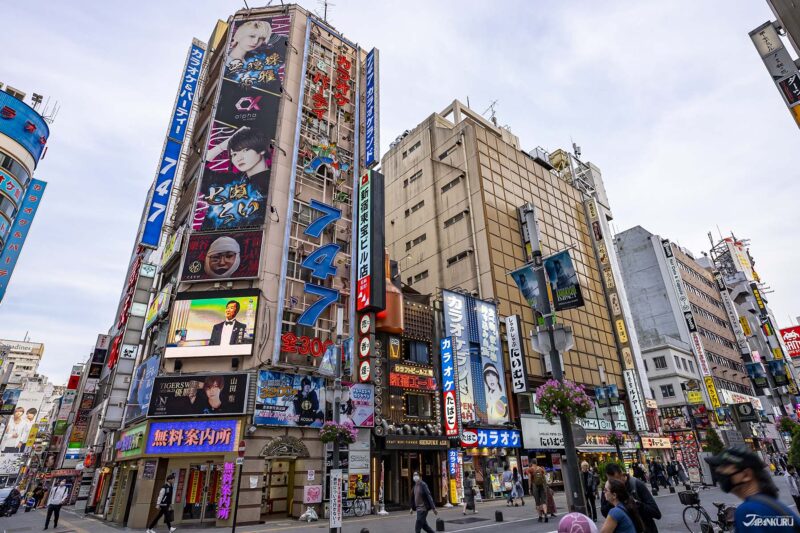
Kabukicho is known as Japan’s largest “entertainment district,” and this slightly seedy center of Tokyo nightlife showed up frequently as a backdrop in City Hunter, which in turn led production teams to use the area as a real filming location for the live-action versions as well. You can see one corner of the Kabukicho area in the Netflix adaptation, as Ryo Saeba (played by Ryohei Suzuki) moodily makes his way along Ichibangai Street.

Image Source: Yahoo News
Wherever you go in Kabukicho, if you explore the area, you’ll see exactly the same scenery as you see surrounding the characters in City Hunter. Of course, as a center of Japanese nightlife, it’s an interesting place to hang around whether you’re a City Hunter fan or not. The streets are lined with bars, restaurants, and clubs, along with a broad selection of Japan’s famous “host clubs” and “kyabakura,” each one illuminating the street with its own colorful, brightly-lit sign.
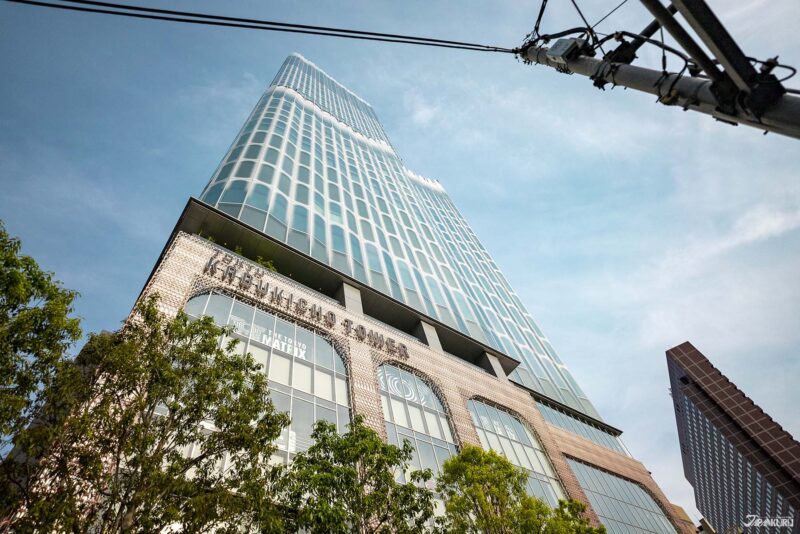

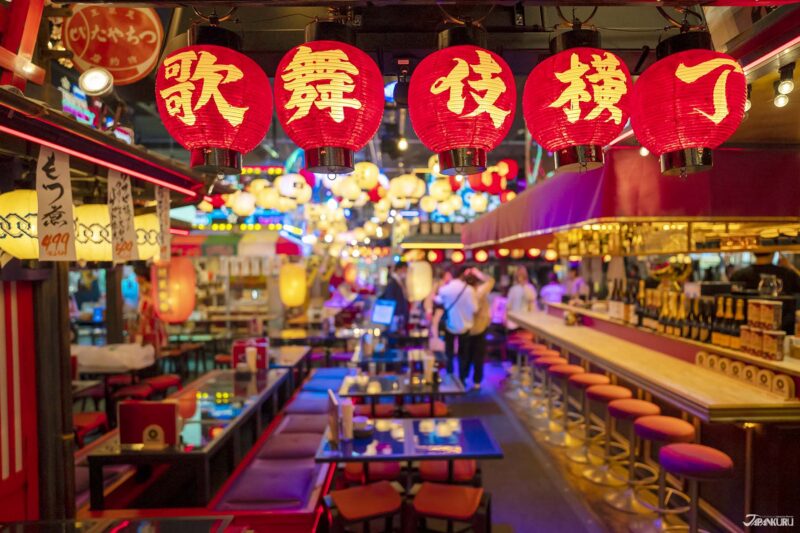
For a slightly less sketchy side of Kabukicho, travelers can spend some time in Kabukicho Tower, which is open throughout the day as well. Opened in 2023, Kabukicho Tower was built in hopes of giving the neighborhood a more open and inviting image, and the 225-meter skyscraper now contains food courts and restaurants, gaming arcades and entertainment facilities, music and theater venues, and multiple hotels. Kabukicho really sparkles at night, but if you’re visiting the area during the daytime, Kabukicho Tower has become a go-to spot for sightseers in Shinjuku.
Tokyu Kabukicho Tower (東急歌舞伎町タワー)
1-29-1 Kabukicho, Shinjuku City, Tokyo
Official Website (jp)
▶︎ Kabukicho Tower Details

Kabukicho is also where you’ll find some of Tokyo’s most iconic spectacles, like the Samurai Restaurant (the direct successor to the Shinjuku Robot Restaurant), where performers in intricate costumes dance and act on stage under the flashing lights, alongside moving set pieces, to create a one-of-a-kind performance that has long been a favorite among travelers visiting Japan. The Samurai Restaurant takes Japanese culture to the extreme, which makes it a pretty fun time for sightseers soaking up the Kabukicho vibes.
Samurai Restaurant Time at Gira Gira Girls (サムライレストランタイム@ギラギラガールズ)
1-7-7 Kabukicho, Shinjuku-ku, Tokyo
Official Reservation Page (en)
▶︎ Samurai Restaurant Details
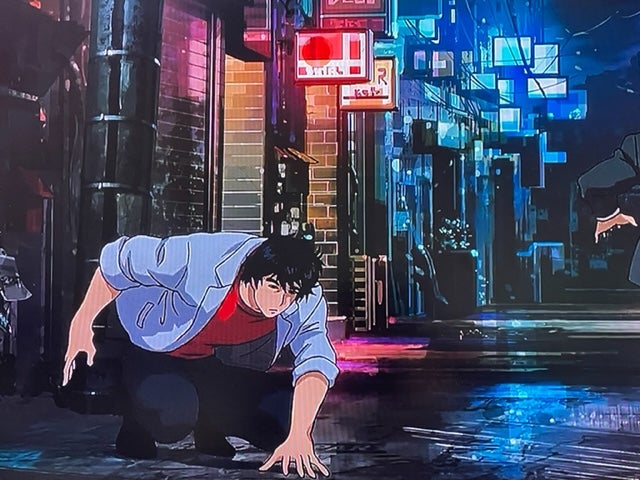
Image Source: Masahiro Nanno
If you wind your way deep into the alleys of Kabukicho, you might find yourself in Golden Gai, an area famous for its dim, cramped alleys stuffed full of teeny tiny bars and clubs. Although the area isn’t far from the bright lights of Ichibangai Street, Golden Gai has a very different atmosphere, with fewer chains and smaller footprints. It should probably come as no surprise that this little collection of alleys also made its way into City Hunter with some frequency. Stop by to see streets that look straight from the anime backdrops, then stop into a drinking establishment to enjoy Golden Gai for yourself!
Shinjuku Golden Gai (新宿ゴールデン街)
1-1-6 Kabukicho, Shinjuku City, Tokyo
Official Website (jp)
④ Shinjuku ALTA
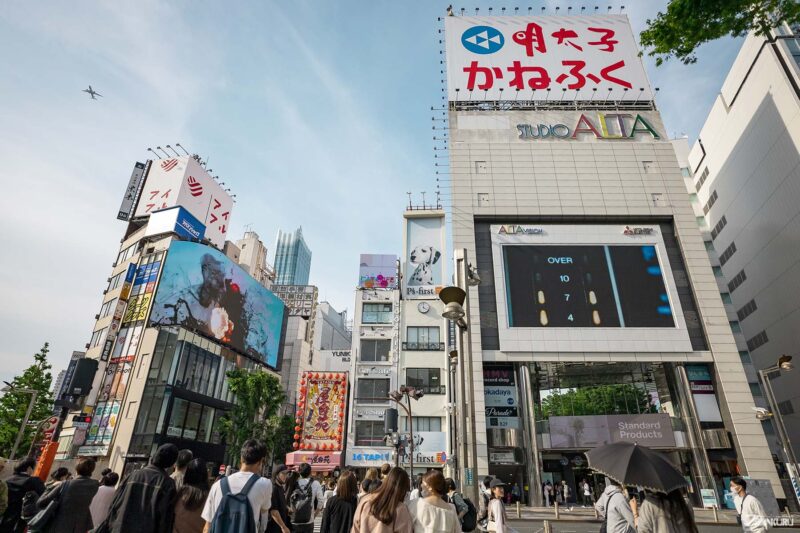
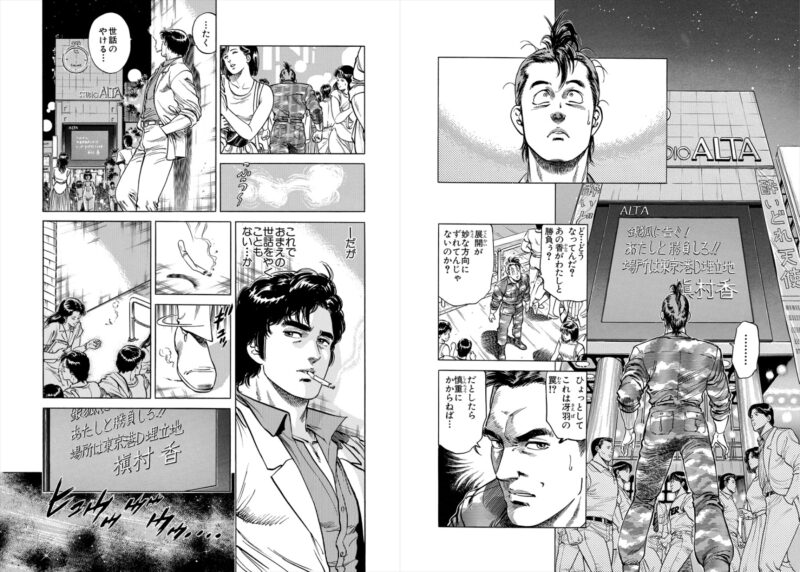
Image Source: Twitter @cityhunter100t
Another shopping mall located around Shinjuku Station, just across the street from the east exit, ALTA has long been a popular meet-up spot for those hanging out in Shinjuku, which means it’s a standard setting within the story of City Hunter as well. The enormous billboard screen on the front of the building helped make ALTA a landmark back in the ’80s, and it’s managed to stick around in the decades since. In combination with with the colorful sign on the roof, ALTA’s distinct facade looks almost exactly the same as it does within the pages (and animation frames) of City Hunter!
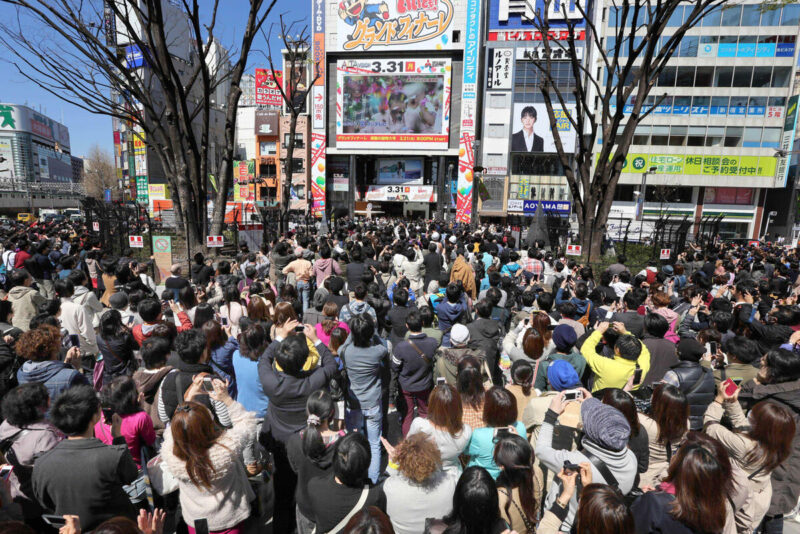
Image Source: Hochi News
Travelers in Tokyo now, or planning to visit soon, can still pretend to enter the world of City Hunter and check out all the shops inside ALTA, but unfortunately that option won’t last long. ALTA will be closing at the end of February 2025, so if you want to take a tour of the real-life anime spots from City Hunter, you’ll have to act fast.
Shinjuku ALTA (新宿アルタ)
3-24-3 Shinjuku, Shinjuku City, Tokyo
Hours: 11:00 – 20:30
Official Website (jp)
The Road to City Hunter: 40th Anniversary Special Exhibition

Image Source: Gallery Zenon
Can’t get enough City Hunter? Despite being an iconic manga with legendary status, and of course earning a series of anime and live-action adaptations, it can be hard to find a lot of City Hunter-themed activities for City Hunter fans to enjoy when visiting Tokyo. After visiting all the real-life locations of your favorite scenes, what next? Well, for a limited time only, fans can also check out a “limited special exhibition” being held to honor 40 full years of City Hunter! Located in Gallery Zenon in the chic Tokyo neighborhood of Kichijoji, this unique exhibition will give visitors a look at the history of City Hunter, including plenty of original art from the author Tsukasa Hojo.
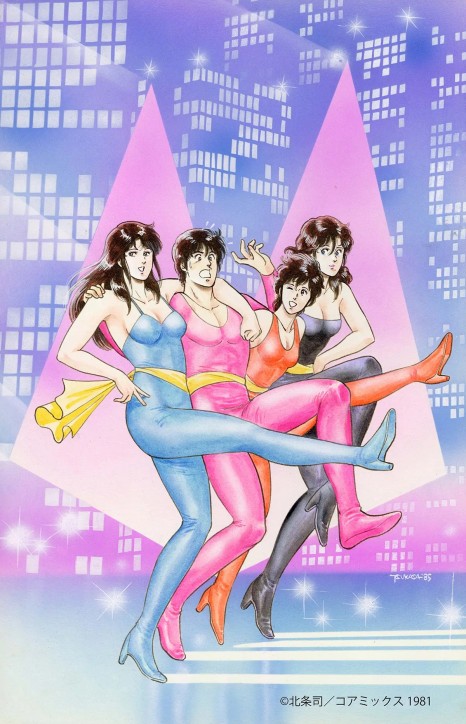
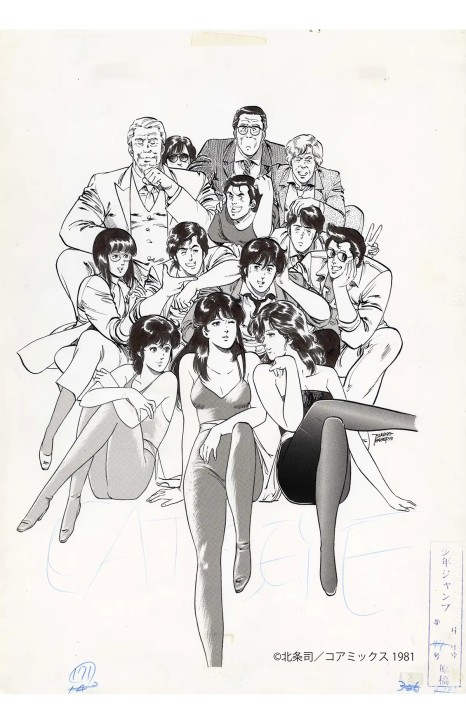
Image Source: Gallery Zenon
The exhibition period is divided into two, and of the 170 total original City Hunter illustrations and paintings that Tsukasa Hojo is showing off at the exhibition, a number of them will only be on display during the first or second half. If you want to see everything, you might want to visit twice! Each exhibition visitor also gets a special random miniature print upon entry, and the designs will vary between the two event periods, so there’s even more reason for big fans to visit twice.
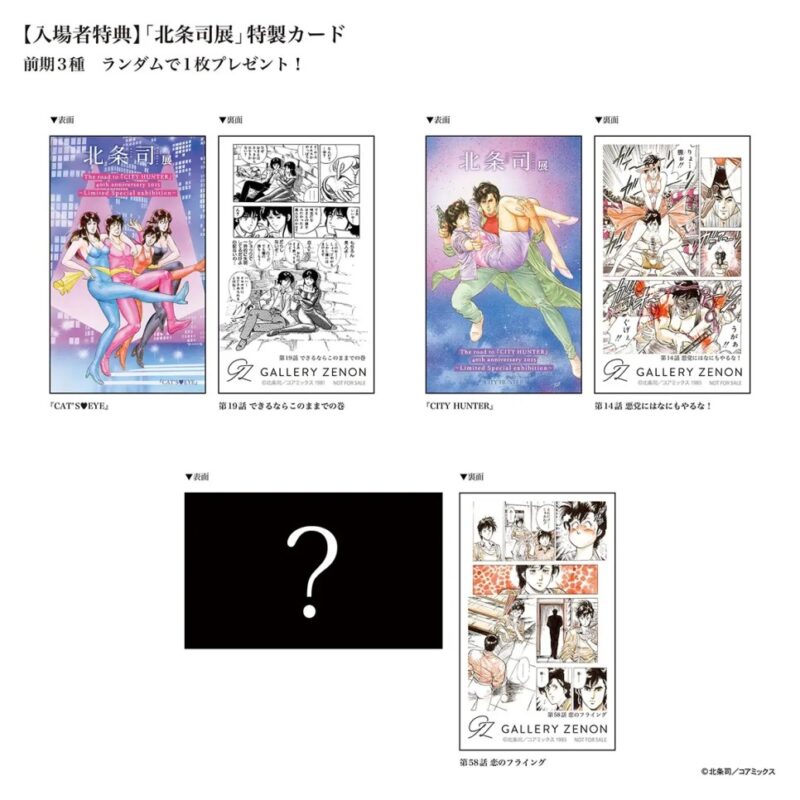
Image Source: Gallery Zenon
Even the exhibition’s City Hunter pop-up cafe menu will change from one period to the next, with different sweets, savory options, and drinks! (Visit during the first period to try “Ryo’s Mokkori Omurice,” and check out the second period for a taste of the Angel Heart “Glass Heart” drink!) The cafe is only available to ticket holders, so make sure to get your ticket in advance and check it out after touring the exhibition.

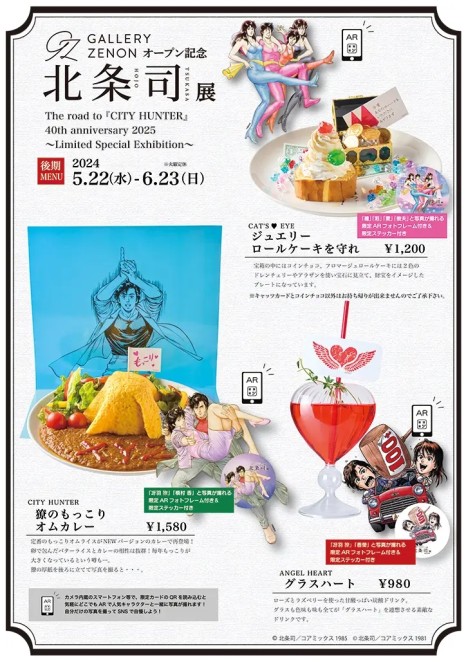
The Road to City Hunter: 40th Anniversary Special Exhibition
Exhibition Dates: April 17 ~ June 23, 2024
Tickets: 500 ~ 1,000 yen
Gallery Zenon, 2-11-1 Kichijoji Minamicho, Musashino, Tokyo
Hours: 11:00 – 18:00 (closed Tuesdays)
Official Website (jp/en)
Make the Most of a Trip to Japan with Real-Life Anime Locations
As Japanese anime grows in popularity and mainstream appeal around the world, and trips to Japan seem more practically feasible than ever, set-jetting tours of real-life anime locations are only growing in popularity. There’s no better way to immerse yourself in the world of City Hunter than to explore Shinjuku on your own two feet, following Ryo and Kaori through the doors of Shinjuku Station’s shopping malls and slipping through the frenzied streets of Kabukicho. Next time you’re in Tokyo, head to Shinjuku to see the world of your favorite anime brought to life, whether that’s City Hunter, Your Name., The Girl Who Leapt Through Time, or any number of other popular works!
For more info and updates from Japan, check Japankuru for new articles, and don’t forget to follow us on X (Twitter), Instagram, and Facebook!
Half a lifetime ago I came to Japan for a semester abroad... and I never left. I guess I really like the place! I spent my first few years in Japan living in the middle of nowhere, so I'd love to hear your Tokyo recommendations via Japan's social media accounts!
COMMENT
FEATURED MEDIA
VIEW MORE
Tokyo Shopping Spot Recommendation: New Balance Kichijoji #newbalance #newbalancekichijoji #newbalancejapan #japanesesneakerheads #shoppinginjapan #japantrip #도쿄여행 #도쿄쇼핑 #뉴발란스 #일본한정 #일본패션 #日本購物 #日本買衣服 #NB #日本時尚 #東京購物 #รองเท้าnewbalance #นิวบาลานซ์ #รองเท้าผ้าใบ #ช้อปปิ้ง #คิจิโจจิ #japankuru

See Kyoto Clearly With Your New Glasses #japankuru #kyoto #jins #교토여행 #진즈 #京都 #교토수족관 #가모가와 #kamogawa #kyotoaquarium

The First Japanese Converse Flagship: CONVERSE STORE HARAJUKU #japankkuru #conversejp_pr #conversejapan #harajuku #tokyotrip #converse #tokyoshopping #匡威 #帆布鞋 #東京購物 #原宿 #日本時尚 #일본쇼핑 #일본컨버스 #일본한정 #하라주쿠 #일본패션 #일본스트릿 #รองเท้าconverse #รองเท้าผ้าใบ #ช้อปปิ้ง #ฮาราจูกุ #คอนเวิร์ส

Japanese Makeup Shopping • A Trip to Kamakura & Enoshima With Canmake’s Cool-Toned Summer Makeup #pr #canmake #enoshima #enoden #에노시마 #캔메이크 #japanesemakeup #japanesecosmetics

⚔️The Robot Restaurant is gone, but the Samurai Restaurant is here to take its place. Check it out, and don't forget your coupon! 🍣신주쿠의 명소 로봇 레스토랑이 사무라이 레스토랑으로 부활! 절찬 쿠폰 발급중 💃18歲以上才能入場的歌舞秀,和你想的不一樣!拿好優惠券去看看~ #tokyo #shinjuku #samurairestaurant #robotrestaurant #tokyotrip #도쿄여행 #신주쿠 #사무라이레스토랑 #이색체험 #할인이벤트 #歌舞伎町 #東京景點 #武士餐廳 #日本表演 #日本文化體驗 #japankuru #japantrip #japantravel #japanlovers #japan_of_insta

Japanese appliance & electronics shopping with our KOJIMA x BicCamera coupon! 用JAPANKURU的KOJIMA x BicCamera優惠券買這些正好❤️ 코지마 x 빅 카메라 쿠폰으로 일본 가전 제품 쇼핑하기 #pr #japankuru #japanshopping #kojima #biccamera #japaneseskincare #yaman #dji #osmopocket3 #skincaredevice #日本購物 #美容儀 #相機 #雅萌 #日本家電 #일본여행 #면세 #여행꿀팁 #일본쇼핑리스트 #쿠폰 #일본쇼핑 #일본브랜드 #할인 #코지마 #빅카메라 #japankurucoupon

Odaiba's DiverCity Tokyo Plaza is home to the famous real-size 20m-tall Unicorn Gundam, and the popular shopping center has even more Gundam on the inside! Check out the Gundam Base Tokyo on the 7th floor for shelves upon shelves of Gunpla, and the Gundam Base Tokyo Annex on the 2nd floor for cool anime merchandise. Both shops have tons of limited-edition items! #pr #odaiba #tokyo #tokyotrip #japantrip #japantravel #PR #divercity #divercitytokyoplaza #tokyoshopping #gundam #unicorngundam #gundambasetokyo #anime #otaku #gunpla #japankuru #오다이바 #다이바시티도쿄 #오다이바건담 #건담 #일본건담 #건프라 #건담베이스도쿄

